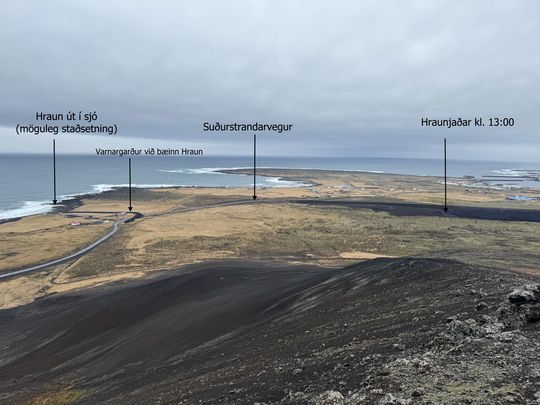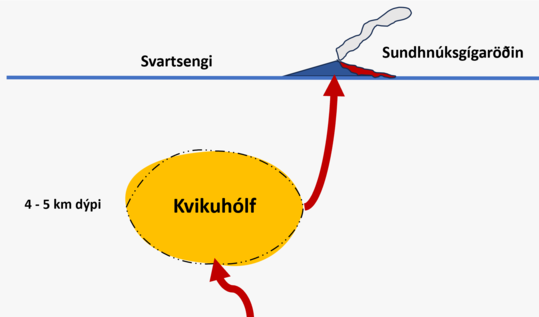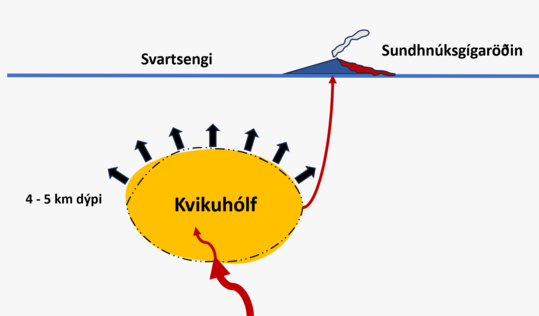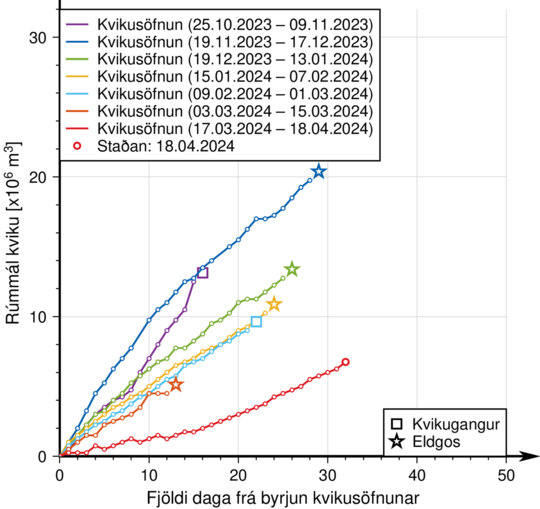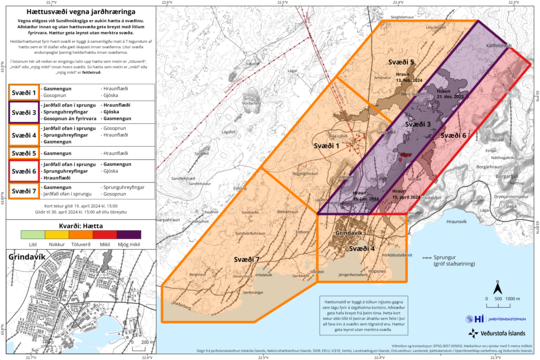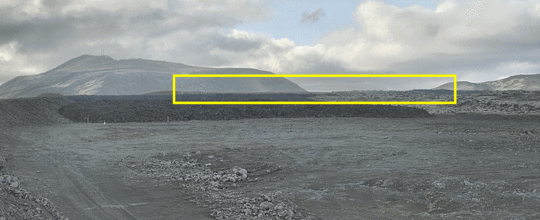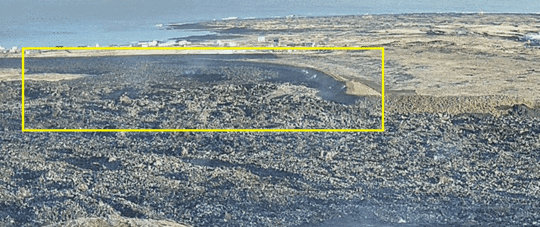- Thread starter
- #361
Nice orienting satellite view today. There's the power plant/barrier complex encirclement and there's Grindavik's more inverted-V system towards the bottom.
Will the northward flow head over earlier lava flows away from people or will it angle more westward? News interviews with IMO spokespeople mention some concern about that latter possibility eventually maybe but state that it's too early to tell right now.
Will the northward flow head over earlier lava flows away from people or will it angle more westward? News interviews with IMO spokespeople mention some concern about that latter possibility eventually maybe but state that it's too early to tell right now.



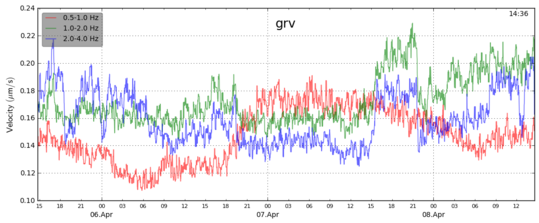
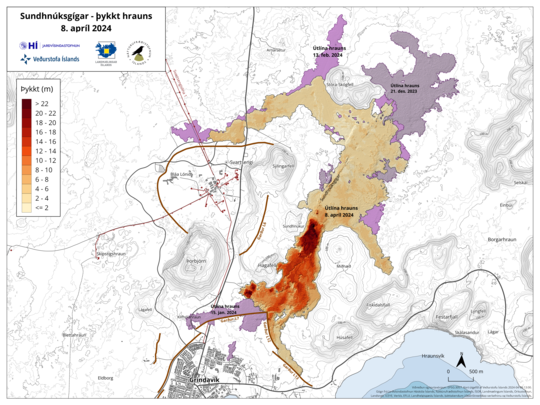
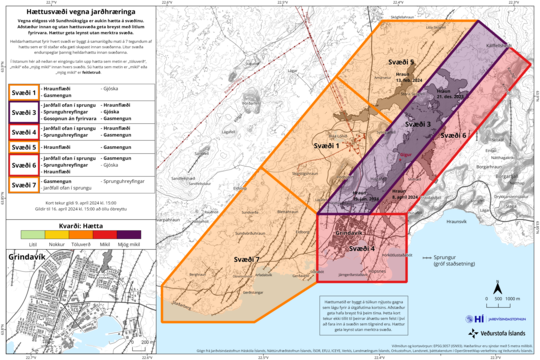
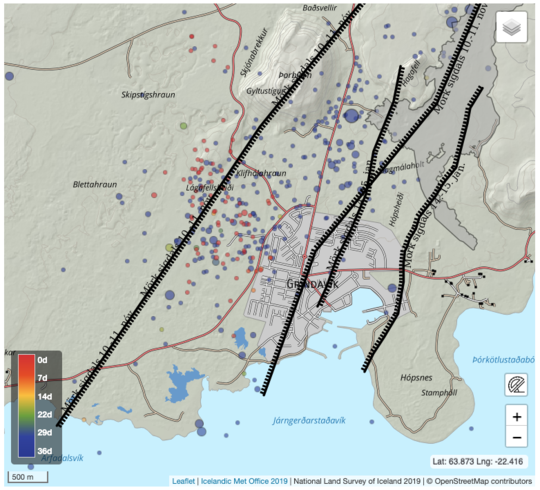
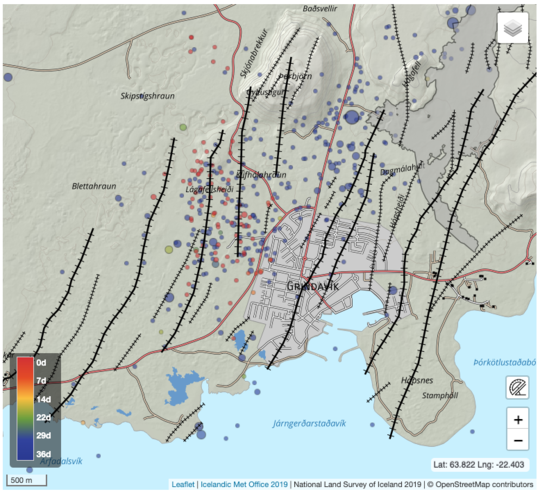
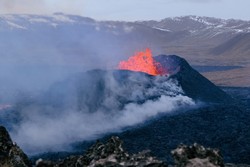
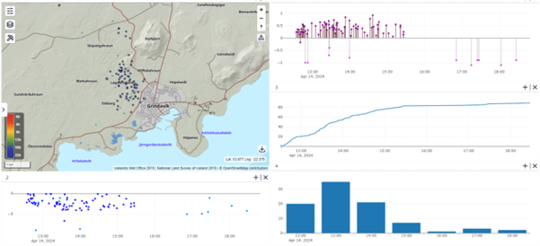
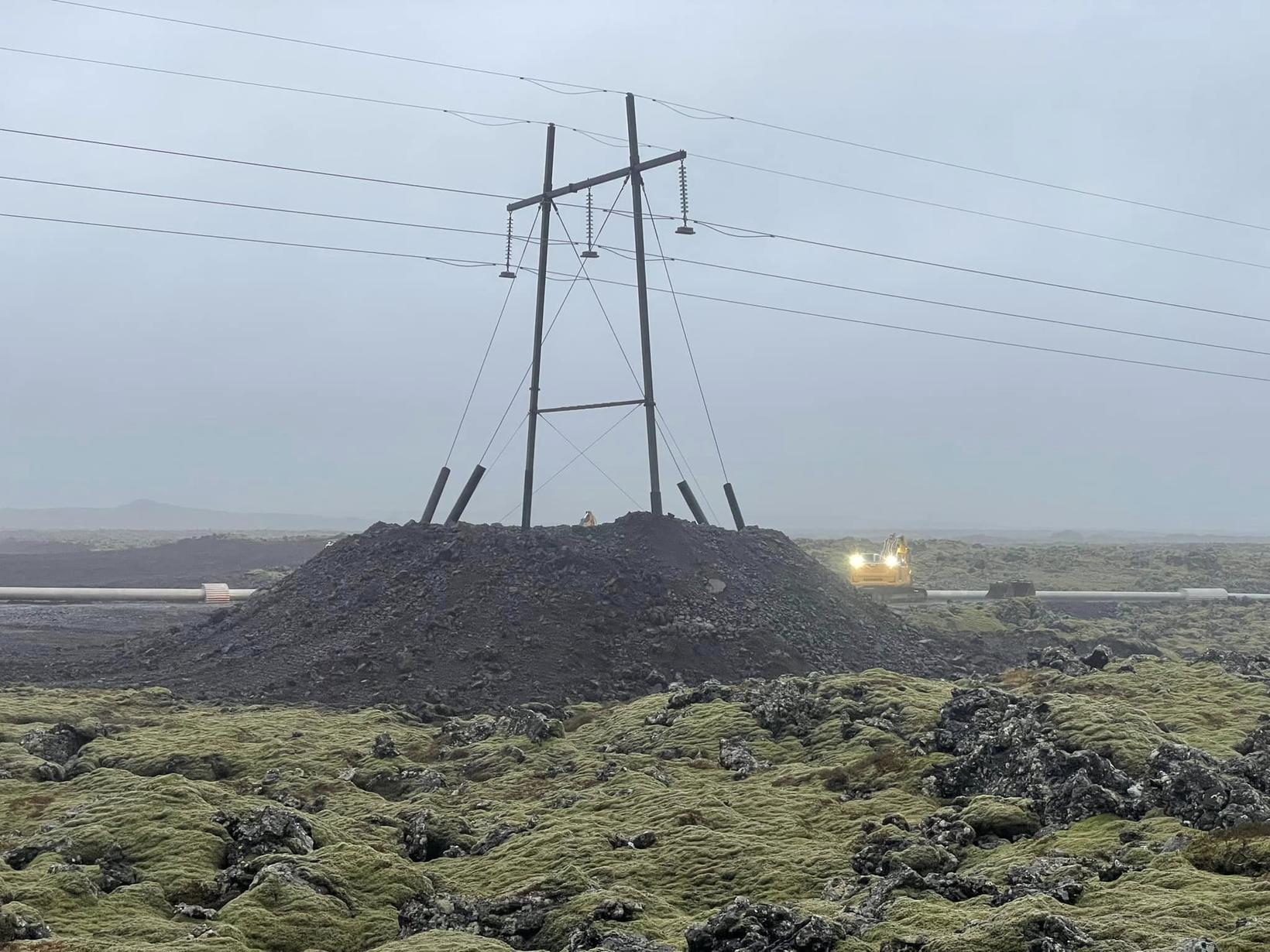
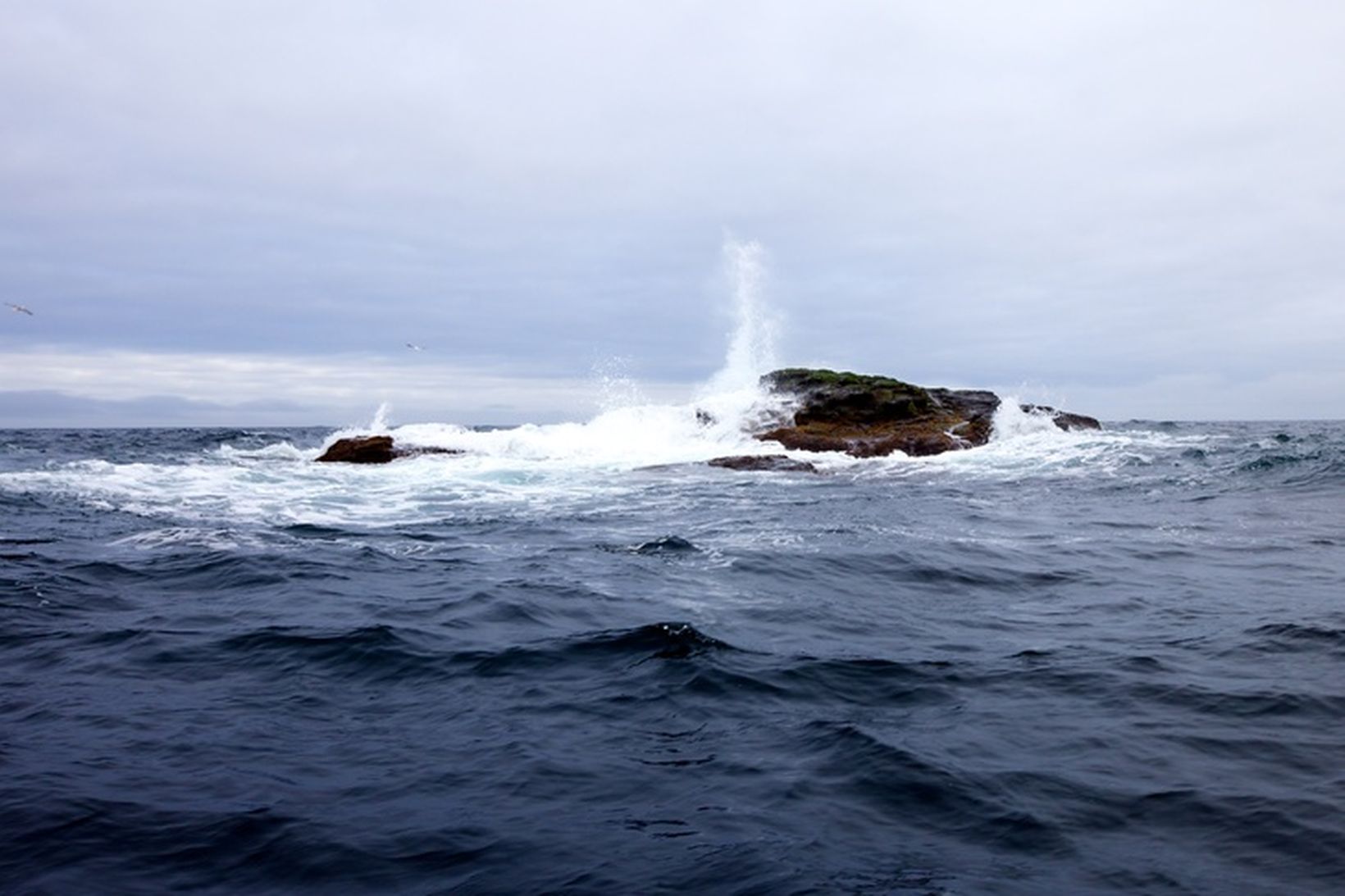
 Set a bookmark
Set a bookmark


